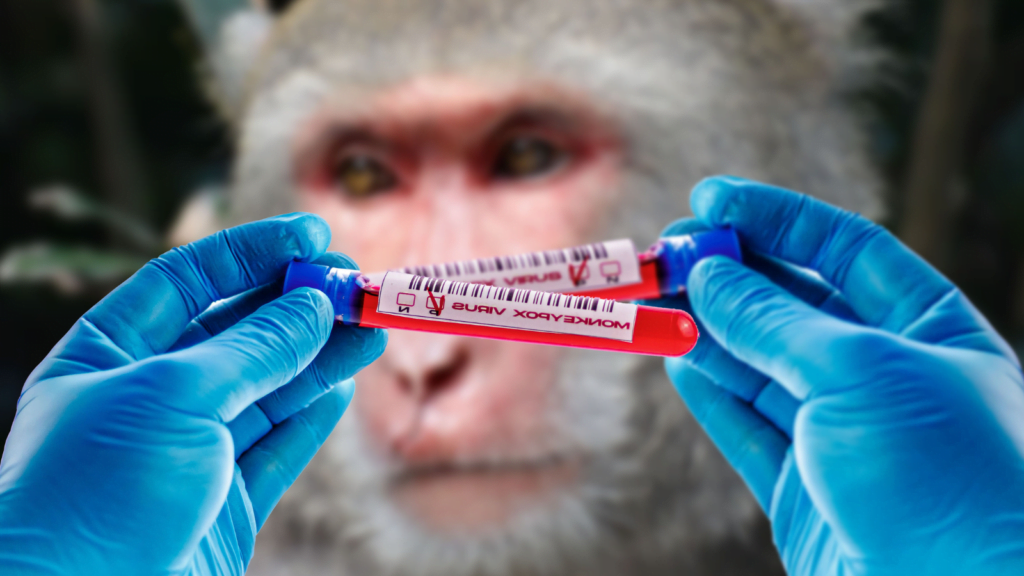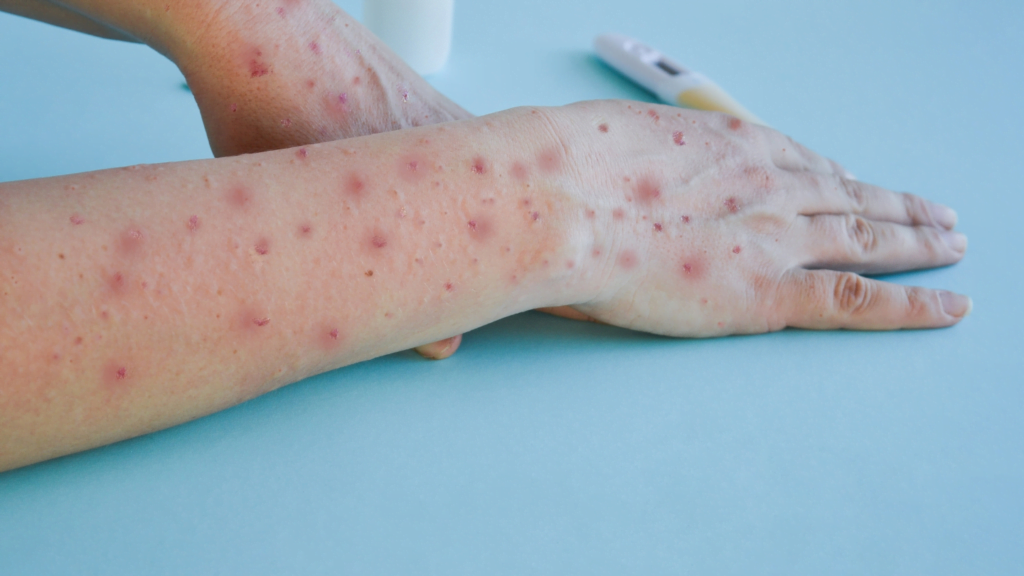WHO alerts US and other countries recently in August 2024, regarding current mpox or monkey pox virus outbreak.
The biggest reason behind giving this alert is that the monkey pox virus is already in circulation mostly in African nations including the Democratic Republic of Congo, Uganda, Rwanda, etc.
But they are spreading quickly their and globally too with a death of 3% which is much higher then previous variant of the mpox virus (0.01%).
The Health Minister of the Democratic Republic of Congo (DRC), Roger Kamba, stated that there have been a total of 17,000 confirmed or suspected cases of mpox in the DRC since this year, with over 570 deaths, which is an increase from last week’s reported 15,664 suspected and 548 deaths.
The conditions are getting worst in African nations as they have seen a big jump of 160% in the number of people affected with monkey pox in 2024 as compared to 2023.
What is Monkey Pox Virus & How It Spreads?

Monkey Pox is a rare disease caused by a virus, belonging to same family as of small pox but they are generally less severe.
The monkey virus is caused by rodents or primates, even squirrels and this virus is transmitted from animals to humans. Hence, it is a contagious disease that can be spread from one person to another if you come in the contact with infected individuals or their bodily fluid.
Usually it spread if you come in the direct contact with the infected person, have sexual intercourse, or if a mother is infected then it can transmit to her baby.
While the monkey pox virus is usually found in African nations especially Central and West Africa. But now this virus is no more restrained to Africa and people recording the cases of monkey pox virus from different nations too now whether its US, Swedan, India, etc.
As per the Health Minister of Democratic Republic of the Congo, the teens and younger population especially children under 15 years, are more prone for getting this virus.
Hence, it has a global virus today spreading quickly especially in the people who travel to other countries where there is a risk of getting such virus.
What Are The Symptoms of Monkey Pox Virus?

The most common symptoms of monkey pox virus are:-
- Fever – The most common symptom you will notice on how monkey pox virus starts is you will get a fever.
- Rashes/Lesions – You will start noticing the rashes or the lesions within 1-3 days of fever, on your whole body especially, palms, sole of your feet, genitals, even in your eyes in conjunctiva or cornea. These rashes are itchy and painful.
- Headache & Back Pain – Other then fever or itchy rashes you can have an intense headache, back pain and can also notice the lack of energy.
All these are the common symptoms that you or someone has caught this monkey pox virus somehow.
Treatments Available For Monkey Pox Outbreak
For treating monkey pox there is no dedicated treatment or vaccine available currently. But that is not a major issue currently.
As per US Food And Drug Administration (FDA) the antiviral drug Tecovirimat (TPOXX) used for treating small pox can be used for treating monkey pox too.
Although it is not a 100% solution but still it helps in preventing the monkey pox virus and can be helpful in this outbreak too.
Also, JYNNEOS is a new vaccine that can safeguard individuals from monkeypox and smallpokox, as well as those who have been confirmed to have contracted them through close contacts. Again it is not a 100% solution.
Some Measures You Can Take If Someone is Suffering With Monkey Pox
Isolating infected individuals is necessary to prevent the spread of the virus. This holds great importance in healthcare settings and among individuals with severe symptoms or those who are vulnerable to harm.
With that avoid using any tropical treatment or steroid for treating the rashes or skin lesions caused by the monkey pox virus as they will get healed by themselves and can take up to 3 weeks if your immunity is good.
For itchiness you can use a good moisturiser or cleanser and for pain you can take a pain relief medicine but under doctor observation and after the doctor guidance only.
Also, avoid pricking the lesions and maintain a good hygiene this will help in quick recovery.
Try covering the lesions properly to avoid its transmission. With that keep cleaning these rashes twice a day with an antiseptic.

